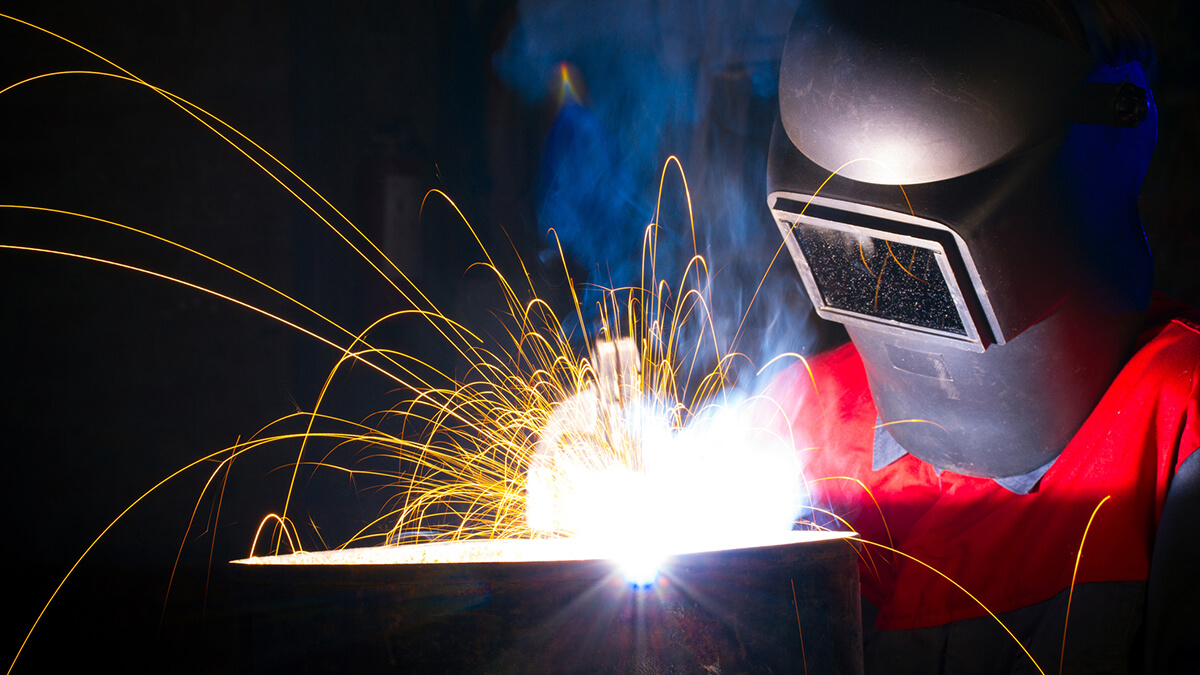When comparing laser cutting technology to traditional cutting methods, laser cutting offers superior precision, as it utilizes a high-intensity laser beam to cut through materials with exceptional accuracy, even for intricate details.
Recent Applications of Laser Cutting
Laser cutting is a technology that employs a high-power laser beam to slice through various materials. Traditionally utilized in industrial manufacturing, it is now finding applications in schools, small businesses, and even among hobbyists. Laser cutting operates by directing the laser beam through optics, with the assistance of CNC (computer numerical control). This controlled laser beam is precisely aimed at the material, causing it to either melt, burn, vaporize, or be blown away by a jet of gas, resulting in a high-quality surface finish on the cut edges.
Why Laser Technology is Used for Cutting?
Laser technology serves multiple purposes, including cutting metal plates with remarkable precision. When working with mild steel, stainless steel, and aluminum plates, laser cutting delivers highly accurate results, excellent cut quality, a minimal kerf width, a limited heat-affected zone, and the ability to cut intricate shapes and small holes.
While most people are aware that "LASER" stands for "Light Amplification by Stimulated Emission of Radiation," the mechanism behind how light can cut through steel plates is less commonly understood.
The laser beam consists of extremely intense light with a single wavelength, often in the infrared part of the light spectrum (invisible to the human eye), and it is approximately 3/4 of an inch in diameter as it travels from the laser resonator to the machine's beam path. Mirrors or "beam benders" can direct the beam in various directions before it is focused on the plate. Just before hitting the plate, the focused laser beam passes through a nozzle, which also allows a compressed gas, such as oxygen or nitrogen, to flow through it.
How Does a Laser Cutting Machine Work?
A laser cutting machine functions by emitting a high-intensity laser beam with a single wavelength or color, which is then focused on a specific cutting point on the object. This precise focus intensifies the thermal density, enabling rapid melting and cutting. When the laser beam is combined with high-pressure gas, it first vaporizes the material, and the pressurized gas expels the molten metal from the cut. Simultaneously, a CNC laser cutting machine controls the movement of the laser cutting head, calculating the optimal path and maintaining the accurate distance between the laser head and the workpiece.
Compared to traditional mechanical cutting methods, laser cutting offers superior precision, eliminates the need for physical contact with the material, reduces contamination of the workpiece, and minimizes friction and wear on the laser cutting machine itself. Laser cutting technology excels at achieving intricate and precise cutting requirements, with the added benefits of a small heat-affected zone and exceptional stability and accuracy.














